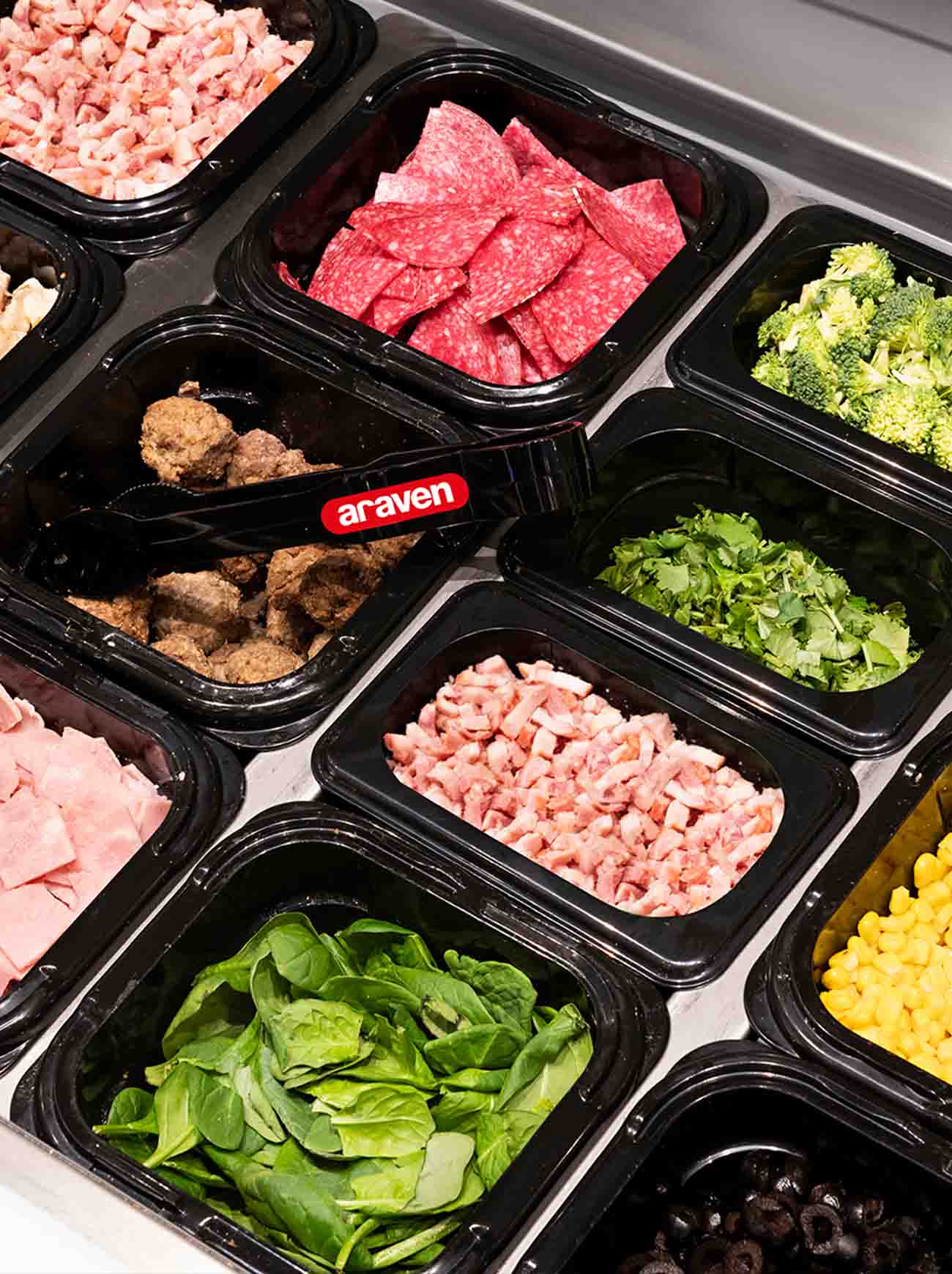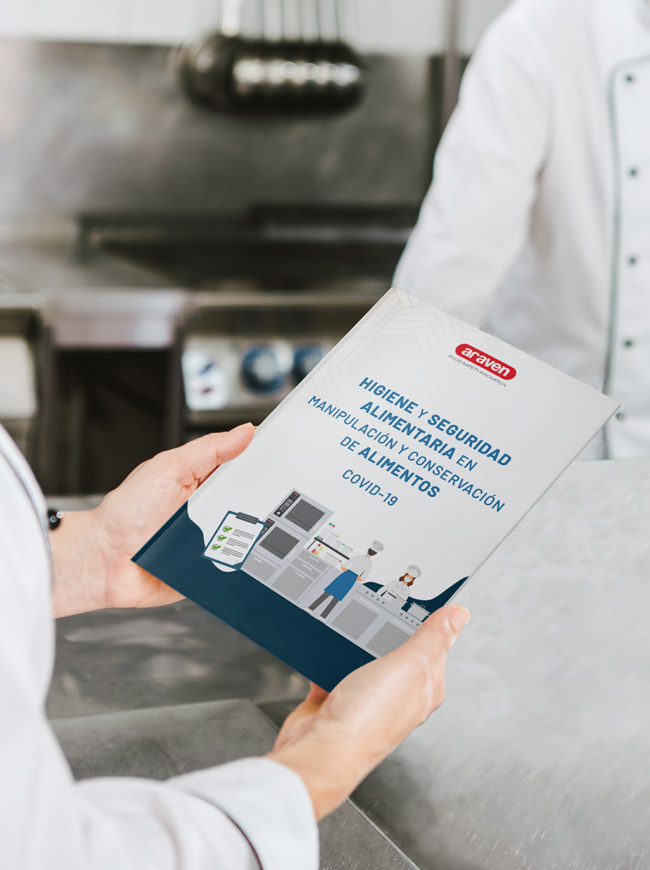
Preservation of sauces during handling in the kitchen
Foods that need chilled temperatures to be preserved should be stored quickly to maintain the cold chain. This is important not only to preserve the quality, nutritional and organoleptic properties of food products, but also maintain the food in adequate safety conditions.
Food is affected mainly by the action of bacteria, which are very active at room temperature. Between 5ºC and 65ºC, the majority of potentially pathogenic microorganisms grow rapidly and multiply in a very short time. Cool temperatures do not destroy microorganisms, but slow down or stop their multiplication.
For this reason, food should be kept as little time as possible outside the cool room, especially during the summer, as there may be a rapid growth of microorganisms in the food. In the case of sauces and dressings, special attention must be paid to how they are preserved while they are being handled in the kitchen.
To this end, Araven has developed an sauce dispenser organizer or baby bottles which help the hotelier to correctly preserve sauces while handling them. Putting ice inside the bottles allows the temperature of the sauces to remain low whilst they are being used, avoiding risks due to changes in temperature and avoiding the multiplication of bacteria

It may interest you

Food management in the professional kitchen
In professional kitchens receiving and keeping raw supplies in optimal conditions is a fundamental part of food management.
Read more
Food safety
Food safety does not only depend on the state of the food and the type of process that it is subjected to. The materials that food comes into contact with are also very important. Araven products comply and help to comply with all the required regulations regarding food hygiene. We can guarantee food safety in … Continued
Read more
Guides of products by type of food
Each type of food requires specific storage and handling conditions. Having the right equipment at hand will help you to achieve a dual objective: to ensure optimal quality in terms of hygiene and health requirements and to reduce waste due to food spoilage.
Read more

